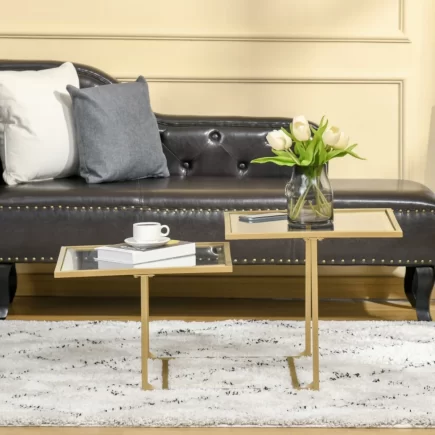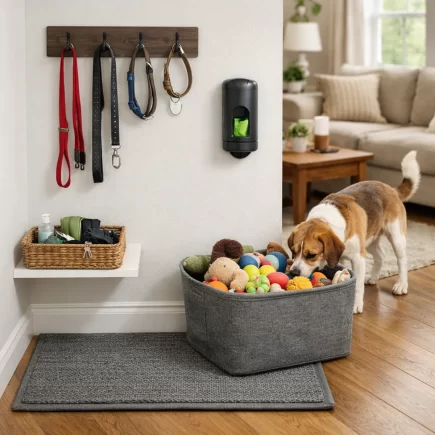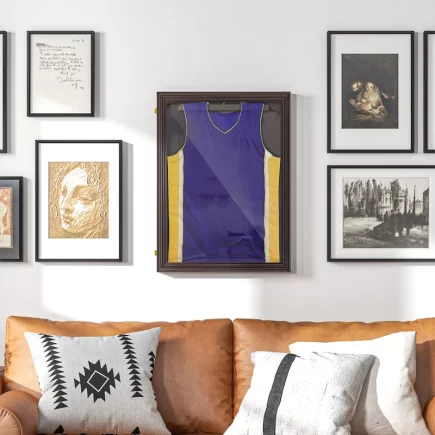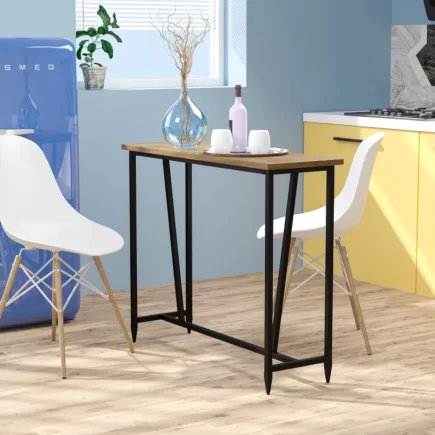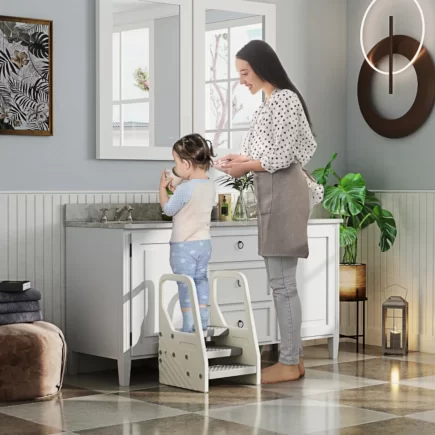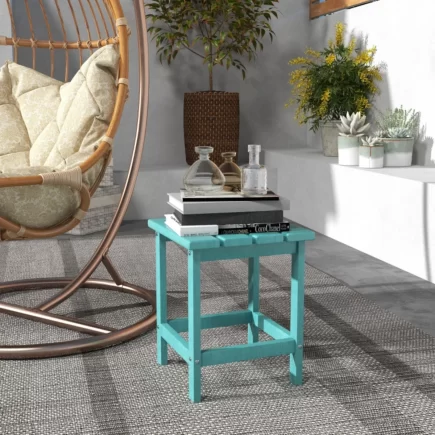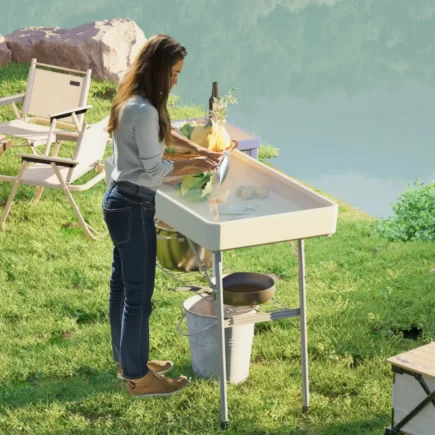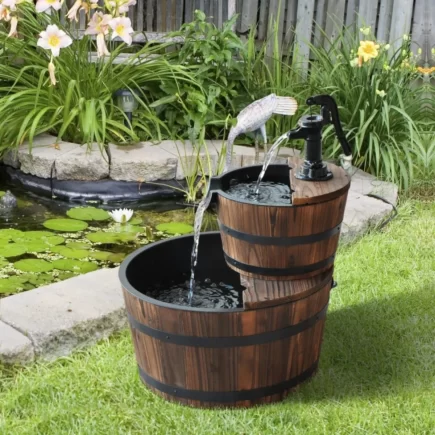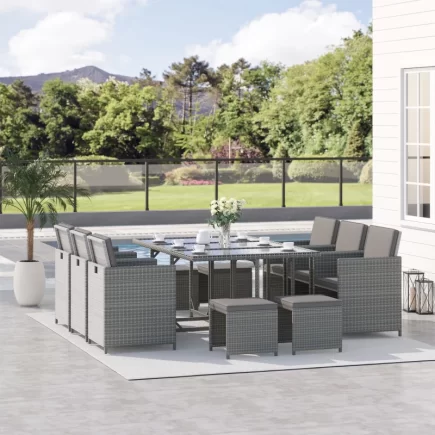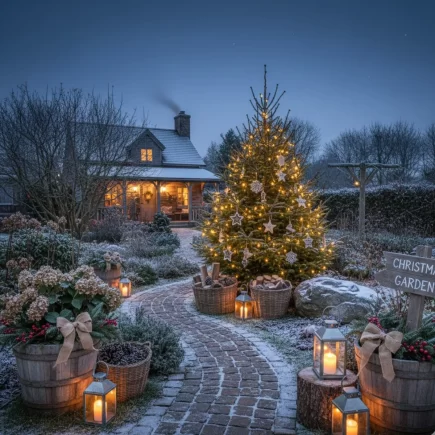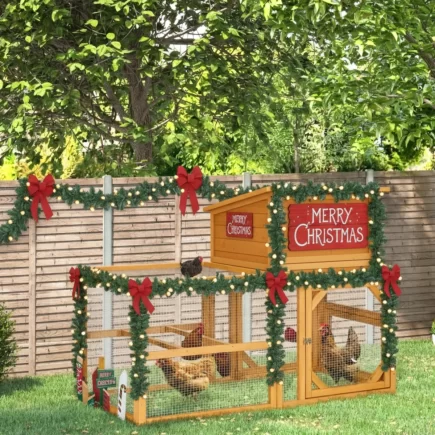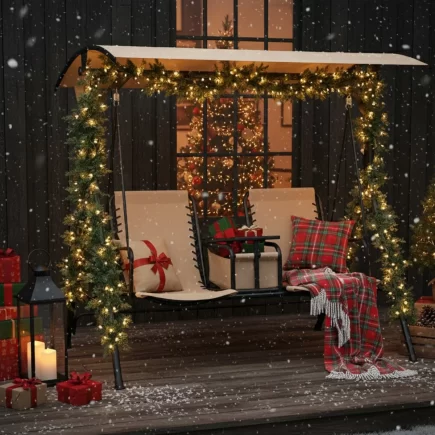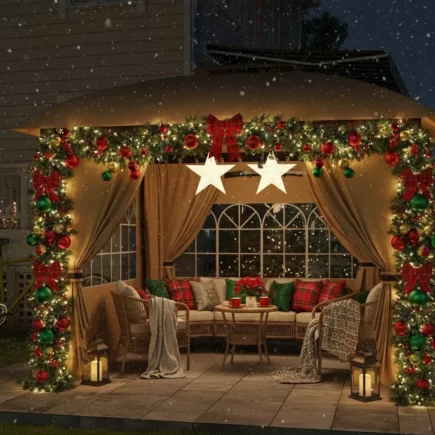A garden shed can serve as both a functional and aesthetic enhancement to your backyard space. Whether you’re looking for additional storage, a hobby space, or even a small office, a well-chosen shed can improve your outdoor environment. It provides a designated area to store tools and equipment or creates a quiet retreat for creative pursuits. With the right design and size, your garden shed can fit seamlessly into your backyard, adding both utility and charm.

Determine Your Shed’s Purpose
Before making any decisions, it’s essential to identify the primary use of your shed. This will help you determine the right size, material, and features.
Primary Uses:
- Storage: Garden tools, seasonal decor, bikes, etc.
- Hobby Space: Ideal for potting plants, DIY projects, or art studios.
- Workshop: A space for woodworking, gardening, or home repairs.
- Office: Turn your shed into a quiet retreat for working from home or a small business.
- Animal Shelter: Create a safe haven for small pets like chickens, rabbits, or dogs.
Choosing the Right Size and Shape
Size Matters
The size of your shed depends on your needs and available yard space. If you only need a place to store small tools, a small shed might be sufficient. For larger tools or a workspace, a medium to large shed may be necessary.
Shape to Fit
Sheds come in various shapes to fit different spaces:
- Rectangular and Square: The most common and versatile designs.
- Corner Sheds: Perfect for maximizing space in small or cornered areas.
- Custom Shapes: If you have unique yard dimensions, custom-designed sheds can be built to fit.
Type of Sheds
Lean-to Garden Shed

Lean-to Garden Shed is a practical solution for homeowners who need storage but have limited space. Designed to sit flush against an exterior wall, they make the most of narrow side yards or tight backyard corners. Their minimalist profile is ideal for keeping tools, garden gear, or outdoor accessories organized without dominating your outdoor space.
Features:
- The sloped, single-pitch roof that directs water away from the main building
- Slim, space-efficient design ideal for side yards or tight corners
- Simple construction and lower material costs
- Often comes with single-door access
Benefits:
- Space-saving: Ideal for small gardens, patios, or alongside walls
- Easy to access: Everything is within reach for quick jobs
- Affordable: Lower cost than free-standing sheds
- Quick installation: Perfect for DIY setup or fast assembly
Gabled Sheds

Gabled sheds are the classic choice for many gardeners, offering a timeless design with a pitched roof that fits effortlessly into most backyard settings. Their A-frame shape not only looks great but also provides excellent drainage and interior headroom, making them suitable for both everyday storage and occasional project work.
Features:
- Double-pitched roof for enhanced runoff and rain protection
- Vertical interior space, ideal for shelves or hanging storage
- Customization options: windows, skylights, decorative trim
- Available in various sizes from small to large
Benefits:
- Better headroom: Easier movement and storage of taller items
- Good ventilation: Natural air circulation keeps the shed cool and dry
Versatile design: Works well for both storage and hobby use - Aesthetic appeal: Complements most garden and home styles
Barn-Style Sheds (Gambrel Roof)

Barn-style sheds are a favorite for those who need extra space and love the rustic charm of country-style structures. With their high-peaked gambrel roof, these sheds offer unmatched overhead storage, making them ideal for storing large equipment or setting up a workshop or multi-purpose area inside.
Features:
- High ceilings with potential for a loft area or overhead storage
- Wide double doors for easy access to large equipment
- Spacious floor plan with ample room for customization
- Often built with a rustic or farmhouse-inspired design
Benefits:
- Maximum storage: Great for storing bulky tools, ride-on mowers, or outdoor furniture
- Multi-use functionality: Can be used for storage, a workshop, or even a studio
- Loft potential: Store less-used items overhead and free up floor space
- Impressive appearance: Adds a bold, country-style touch to your yard
Shed Materials You Should Know
When choosing a garden shed, the material affects its appearance, durability, and maintenance needs. The most common materials are wood, metal, and plastic (or resin), each with unique benefits and drawbacks.
Wooden Sheds

Wooden sheds offer a natural, attractive look that fits well in outdoor spaces and provide better insulation, making them ideal for year-round use. They are customizable but need regular maintenance to prevent rot, insect damage, and warping. Though more expensive, their charm and versatility make them a popular choice.
Metal Sheds

Metal sheds are strong, secure, and fire-resistant, perfect for heavy-duty storage. They require little maintenance but can get very hot or cold due to poor insulation and may rust without proper care. Metal sheds are often more affordable but less visually appealing than wood.
Plastic or Resin Sheds

Plastic sheds are lightweight, durable, and virtually maintenance-free, resisting rust, rot, and pests. They often feature modern designs with vents and wood-like textures. While practical and easy to assemble, they may fade over time and aren’t as strong or customizable as wood or metal options.
Weather Resistance and Durability
Climate Compatibility
Consider the weather in your area when choosing the shed material. Some materials, like resin or metal, are more weather-resistant than others, making them better suited for areas with heavy rain, snow, or strong sunlight. Choosing the right material helps ensure your shed lasts longer and requires less maintenance.
Long-Term Durability
Think about how the shed will hold up over time. Materials like metal and resin are generally more durable in harsh conditions, while wood may require more upkeep to maintain its appearance and structural integrity. Investing in proper treatment and care can extend the life of any shed material.
Security Features
Protecting your shed is crucial, especially if you’re storing expensive tools or equipment. Here are some tips for securing your shed:
- Locks: Choose heavy-duty locks for your doors. Deadbolt or padlock locks are the most secure options.
- Reinforced Doors: For added protection, look for sheds with reinforced or double doors.
- Smart Security: Consider motion sensor lights, security cameras, or even smart locks that you can control remotely.
Choose the Perfect Garden Shed for Your Outdoors
Choosing the right Garden shed enhances both the functionality and beauty of your outdoor space. Whether you need storage, a hobby area, or a multi-purpose structure, there are options to suit every need. By considering size, material, design, and purpose, you can find a shed that complements your garden and home. Browse our selection of garden sheds today to discover the perfect fit for your outdoor lifestyle.
FAQs
1. What type of foundation is best for a garden shed?
Common shed foundations include concrete slabs, gravel beds, or pressure-treated wood platforms. The right choice depends on your shed’s size, the ground condition, and whether the shed will be permanent or portable.
2. What are some creative uses for a garden shed besides storage?
Beyond storage, sheds can be converted into home offices, greenhouses, playhouses, yoga studios, or guest rooms. Adding insulation, power, and decor can transform it into a functional indoor space.
3. Can I move a garden shed once it’s built?
Smaller, lightweight sheds (especially resin or small wooden ones) can sometimes be relocated with the help of moving equipment. However, large or anchored sheds are better treated as permanent fixtures.
4. How long do garden sheds typically last?
Lifespan varies by material: plastic/resin sheds can last 10–20 years with minimal upkeep, metal sheds 15–25 years if rust-protected, and wooden sheds 20+ years with regular maintenance.

